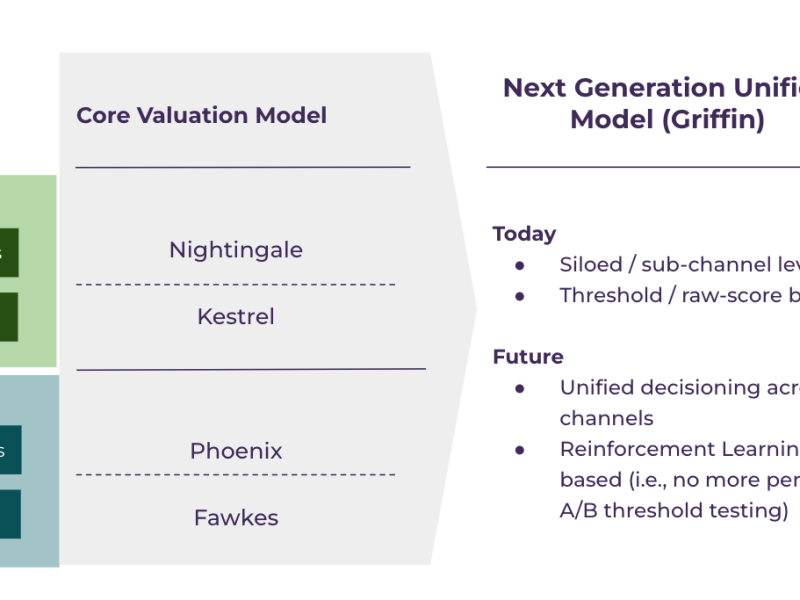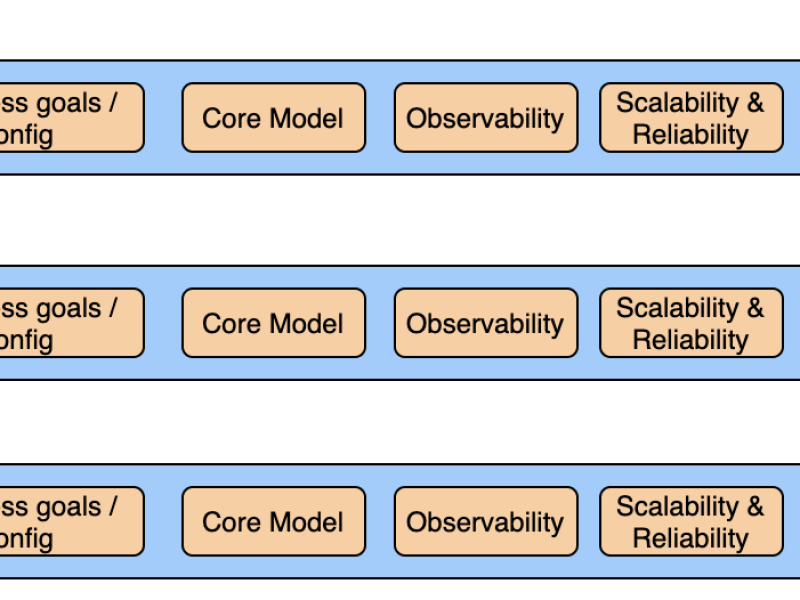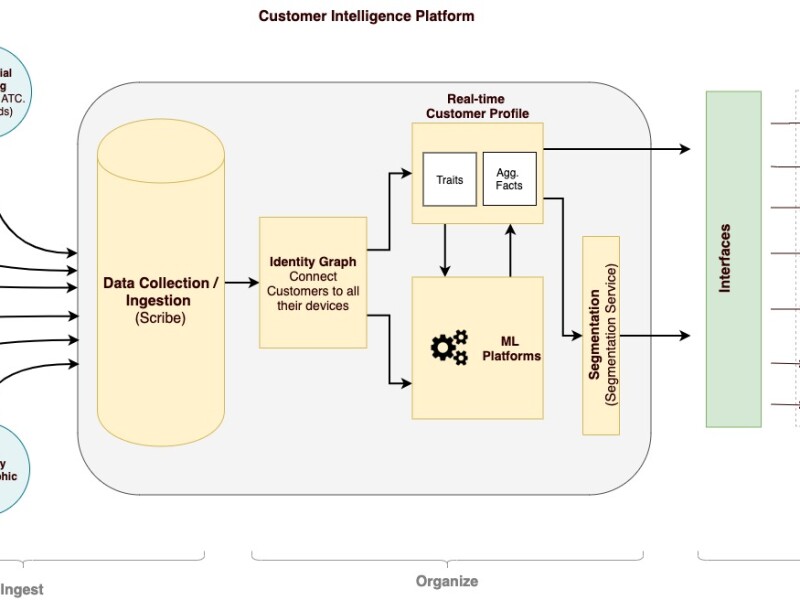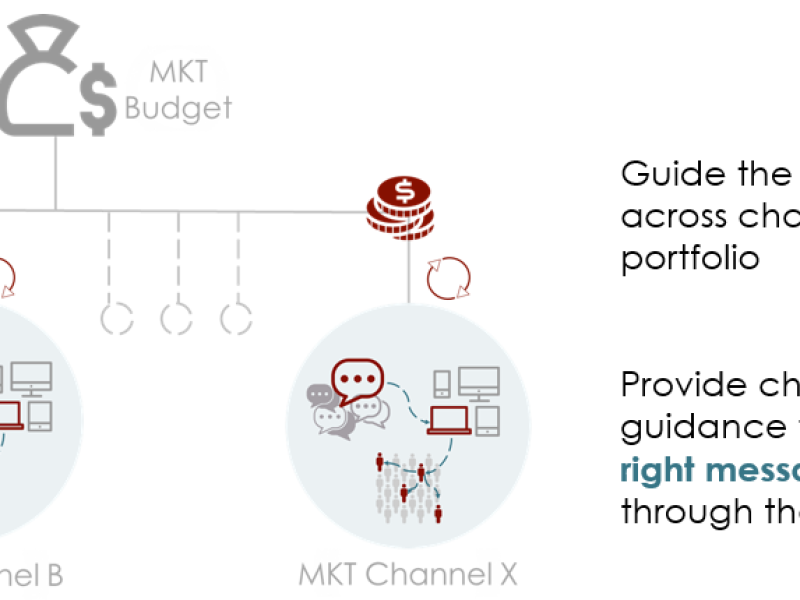“Griffin” learns from millions of customer interactions daily to continuously improve customer experience and engagement.
7 Min Read
If you've searched on Google or Bing for an item to make your home just right for you, and came across an ad for Wayfair, then you've already experienced our Wayfair Ads Bidding Platform in action! This post dives into the details of why we built this platform, how it evolved, its core building blocks, and plans for future enhancements.
11 Min Read
Some experiments at Wayfair can last 60 days or more. To speed up learning in experiments while still optimizing for long term rewards, our team developed a data science platform called Demeter, that uses ML models to forecast longer term KPIs based on customer activity in the short term. In this post we provide an overview for Demeter and its theoretical foundation in causal inference
11 Min Read
If you are among the tens of millions of customers who have shopped at Wayfair, you have experienced one of the many technologies built by the Machine Learning and Data Platforms team. We serve the business, engineering and data science teams across Wayfair, who are working on solving one of the most intriguing and gratifying challenges — helping our customers make their dream home a reality.
6 Min Read
How data scientists at Wayfair build scalable ML systems to programmatically optimize marketing decisions.
8 Min Read
Wayfair hasn’t always been a household name, but technology has always been at the center of everything we do. When co-founders Niraj Shah and Steve Conine built our first website, racksandstands.com, they did so with ambitious plans for the future. As they built more than 250 more sites, they used data to understand how best to scale their effort to provide a better shopping experience across various Home categories.
4 Min Read
As data scientists, we face a variety of problem types. One of our critical challenges is identifying the proper methodological approach to solve each problem. By doing this, we avoid force-fitting the wrong tool to solve a problem, and we avoid having to reformulate a question to fit a specific method.
2 Min Read















